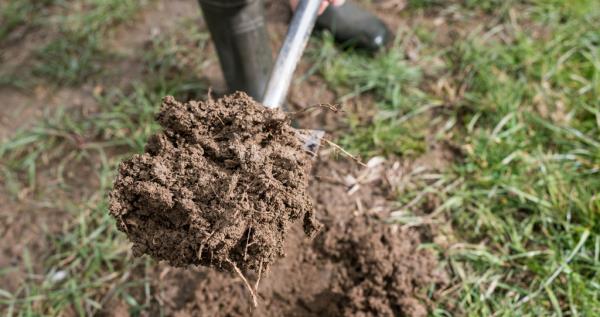Some participants provided data that could be broken down by arable and grassland as the current crop and datasets were constructed to allow collation within this breakdown. Grassland samples formed 58% of all samples compared to 65% in 2018/19 and 51% in 2016/17.
Conclusions should be drawn cautiously as the data were not necessarily representative of all UK fields and data collations were not statistically rigorous.
However, some general points can be made:
- Soil pH was <6.0 in 15% of arable samples and <5.5 in 16% of grassland samples. During the period covered by PAAG reports, mean soil pH has decreased steadily in arable samples from around 7.0 to 6.8. There seems a need to address liming on significant proportions of arable and grassland areas.
- For both arable and grassland, around 30% of samples were at target P Index 2 and 30% (arable) and 26% (grassland) samples were at target K Index 2-. Just 9% of all samples were at target Indices for both P and K. There has been no evidence for convergence of P and K indices on target values since PAAG data were first collated. Some 90% of samples indicated the need for adjustment of P or K Index giving clear support for the need to base fertilizer use on regular soil analysis.
- Soil P index was lower than target in 23% of arable and 34% of grassland samples. K Index was lower than target in 25% of arable and 42% of grassland targets. Use of potash for grassland especially seems in need of attention.
- Soil P Index was higher than target in 48% of arable and 40% of grassland samples. During the period covered by PAAG reports, mean Olsen-P has increased in arable samples from around 27 mg/l to 31 mg/l but has remained fairly stable around 25 mg/l in grassland samples. The increase in Olsen-P in arable samples is surprising given the decrease in application of fertiliser phosphate over the same period even taking use of organic manures into account. However, other factors could be involved such as changes to cultivation methods. A move from ploughing to minimum cultivations, as occurred in England between 1995 and 2010, will tend to concentrate available P near the soil surface in the sampling zone.
- 15% of arable samples and 3% of grassland samples were in Mg Indices 0 or 1 where application of magnesium might be recommended for some crops.
